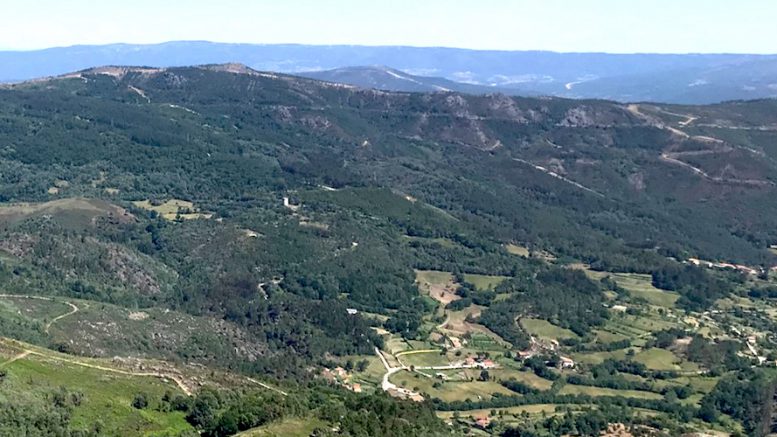Savannah Resources (LSE: SAV), the British company behind the Barroso lithium project — Europe’s largest in spodumene — said new exploration results point to a larger deposit than previously estimated at the site in Portugal.
Lab-generated assay results from exploration work on the C-100 and Aldeia (Block B) mining licences show extensive lithium mineralization across the two licence areas, Savannah said Wednesday. It may now hold 28 million tonnes of high-grade lithium, it said.
Shares of Savannah Resources gained to 4.3 pence apiece on Wednesday from 4.26 pence, and were at 4.35 pence late in Thursday trading in London. It has a market cap of £94.5 million.
“The results from the surface exploration our team undertook are truly exciting,” CEO Emanuel Proenca said in a release. “The early conclusion is very clear: the Barroso lithium project remains highly prospective for further spodumene lithium resource delineation.”
The miner said new mineralized pegmatites have been identified at the western end of the C-100 licence, providing additional targets for follow-up work. In addition, extensions to known lithium mineralization at Carvalha da Baccora and Altos dos Cortiços have been confirmed, increasing the potential of these areas.
Rock samples
The company said lithium mineralization from rock chip samples at Carvalha da Baccora included 1.66% lithium oxide (Li₂O), 1.5% Li₂O, 1.75% Li₂O and 1.46% Li₂O. At Alto dos Cortiços, the company found 3.01% Li₂O and 1.9% Li₂O.
Savannah plans to construct four open-pit mines in the region to produce enough lithium annually for 500,000 to 1 million electric vehicle batteries. The company aims to accelerate the project, targeting the first commercial output by 2027.
The Barroso deposit is already the largest spodumene deposit in Europe. With 60,000 tonnes of known reserves, Portugal is Europe’s leading lithium producer, primarily for the ceramics industry.
However, the project has faced opposition from locals and environmentalists, including protests, legal challenges and refusals to sell land. About a quarter of the required land is privately owned, while three-quarters is traditional baldios, or common land.
Barroso is forecasted to have a throughput of about 1.5 million tonnes annually over its estimated 14-year mine life, based on a resource of 20.5 million tonnes at 1.05% lithium oxide.


Be the first to comment on "Savannah gains on larger lithium zone in Portugal"